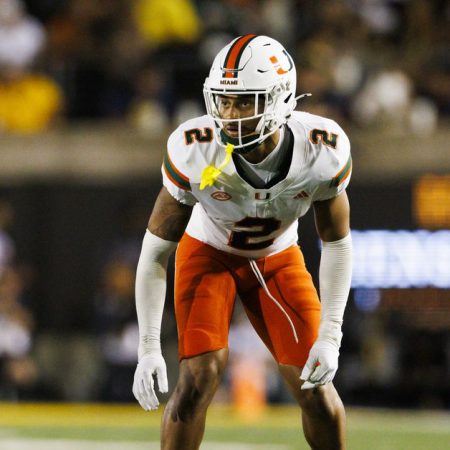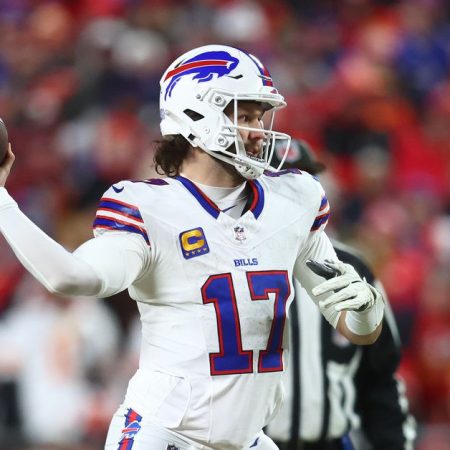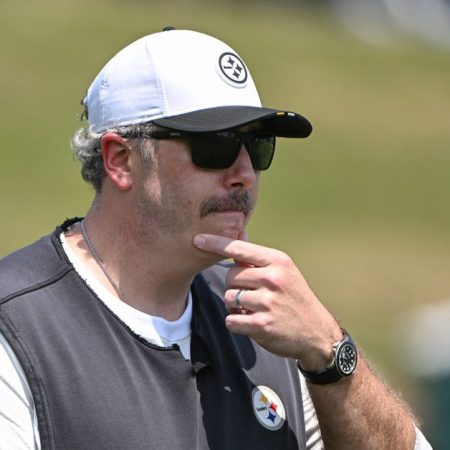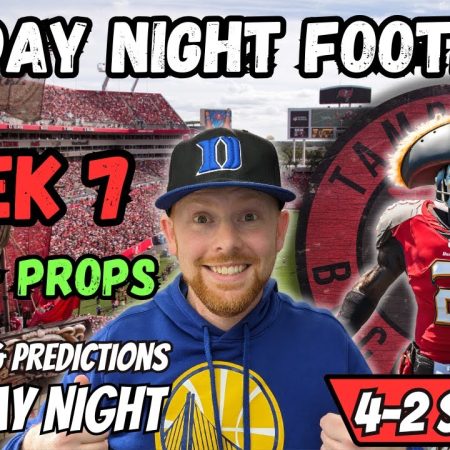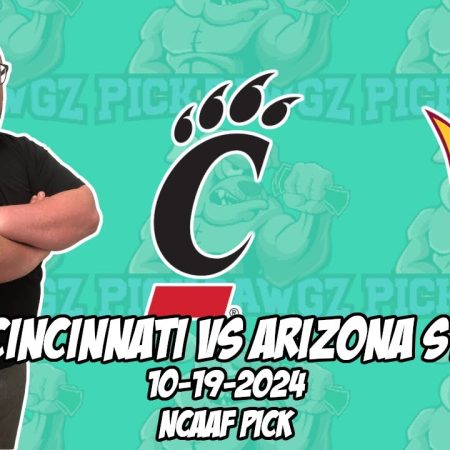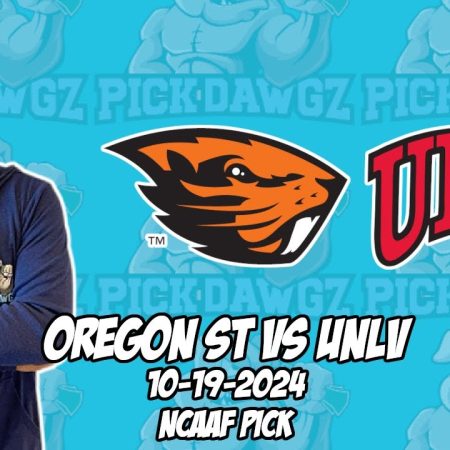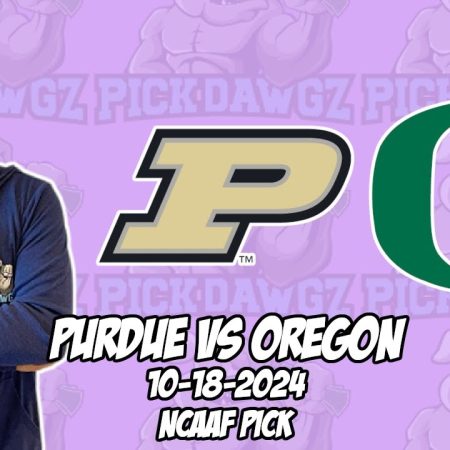Video Summary
In the world of sports betting, oddsmakers work to make a profit by taking a small percentage of the money wagered, known as “the juice” or “vig.” This is why sportsbooks set odds and lines that are designed to attract an equal number of bets on both sides of a game. For example, if a sportsbook accepts $10 in wagers on Team A and $10 in wagers on Team B, it can pay out the winning bets and pocket the difference.
When a large number of bets come in on one side of a game, the sportsbook will adjust the line to attract more bets on the other side. This ensures that the sportsbook makes a profit, regardless of the outcome. For instance, if a sportsbook initially sets a line of -110 for both the Kansas City Chiefs and the Denver Broncos, it may adjust the line to -120 for the Chiefs and -130 for the Broncos if a large number of bets are placed on the Chiefs, to encourage more bets on the Broncos.
Many factors can cause the betting lines to shift, including the amount of money being wagered on each side and key player injuries or media stories. A sportsbook may also adjust the line to reflect changes in public perception, such as a sudden increase in betting on one team due to a popular media story. To maximize profits, it's essential to shop for the best lines and understand how they change. By doing so, bettors can take advantage of favorable odds and lines and increase their chances of success.
If you're betting on sports, you'll need to know about the odds and lines. Part of that is understanding that the odds and betting …
If you're betting on sports, you'll need to know about the odds and lines. Part of that is understanding that the odds and betting …








